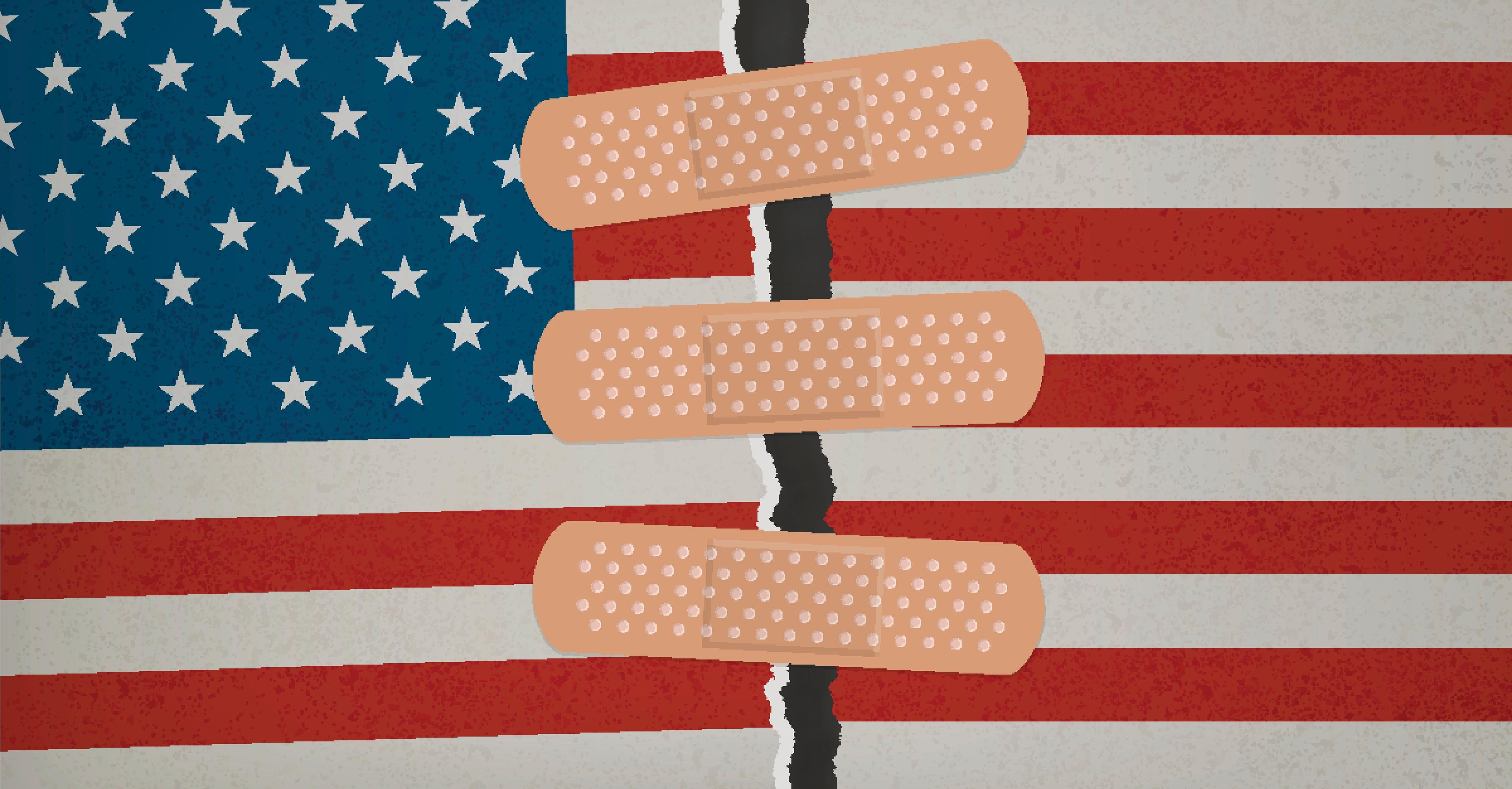Plus, how to make sure you get your fair share of a mortgage investment in the case of a divorce.


On the Money is a monthly advice column. If you want advice on spending, saving, or investing — or any of the complicated emotions that may come up as you prepare to make big financial decisions — you can submit your question on this form. Here, we answer two questions asked by Vox readers, which have been edited and condensed.
I struggled with my mental health over the past few years, and as a result have racked up a considerable amount of credit card debt. I’m also a freelancer, so my ability to work and increase my income depends somewhat on my mental health. I’ve gotten to a point with my mental health where I can put in more hours to increase my income, but I’m finding tackling this mountain of debt to be daunting, especially since my income fluctuates month to month. Any advice on how to dig myself out of this hole?
If you’re looking for tried-and-true methods of tackling debt, consider the snowball method or the avalanche method. Both involve putting as much of your income as possible toward a single outstanding debt while making the minimum payments on all other debts — and once your first outstanding balance is paid off in full, you can repeat the process with a second debt.
The snowball method starts with the smallest debt and works its way up. The avalanche method starts with the highest-interest debt and works its way down. Either method can be successful, in part because it allows you to successively increase the speed at which you pay off your subsequent debts. The snowball gets bigger as every credit card is paid off; the avalanche increases in strength as you eliminate your high-interest balances. Both of these methods allow you to see rapid results, which is one of the reasons they work so well.
Since your income fluctuates, you may wonder how much money you can afford to put toward your debt every month — and you might end up reducing the amount of money you put toward your debt, in part because you might be anxious about having enough leftover cash to tackle your future financial needs.
Here’s how I solved that problem when I was in a similar situation:
About 10 years ago, I had $17,000 in credit card debt. While some of the purchases I made on those credit cards were undoubtedly discretionary, it’s worth noting that much of my debt — like many of our outstanding debts — came from a mismatch between income and necessities. I had just started earning enough money as a freelance writer to begin to seriously tackle my debt situation, and my parents offered me a $14,000 no-interest loan (the maximum they could give me without tax implications) to help me pay everything off as quickly as possible while avoiding credit card interest. I paid my parents back in $800-a-month installments, and paid off the rest of the debt using the snowball method.
To help ensure that I would have enough available cash to meet my financial obligations, I set up three savings accounts in addition to my checking account. Every time I got a freelance payment, I put 20 percent into the savings account marked “taxes,” 20 percent into the account marked “debt,” and 10 percent into the account marked “savings.”
It took me 19 months to pay off my debt. I was in Seattle, in 2015, renting a converted hotel room with no kitchen (my landlord told me to wash my dishes in a bus tub and dump the dirty water down the toilet, but that’s another story) while earning $40,000 the first year and $60,000 the second. Since I was living on 50 percent of my income and putting the rest toward savings, taxes, and debt payment, that meant I effectively lived on $20,000 the first year and $30,000 the second — and increasing my freelance income gave me the opportunity to move into a better apartment without slowing down my debt repayment plan.
Putting in more hours is a good way to increase your freelance income, and I’m glad you’re in a position to put more time and mental energy toward taking on assignments, but I’d recommend putting at least some of those hours into finding higher-paying clients. The kinds of freelance clients that pay the best are often the kinds of clients that have policies built in to allow employees and contractors to manage their workloads without becoming overwhelmed by demands and deadlines, which could be a net positive for both your financial and mental health.
In return, you’ll need to be in a position where you can make those deadlines even when you’re struggling more than usual. I don’t know which mental health challenges you’re dealing with right now, and I don’t know how they affect your ability to complete your work. You may need to budget your time the way you do your finances and set aside a buffer of hours every week/month that can allow you to take mental health days without falling into deadline debt. You may also want to budget more time for sleep, food prep, and relaxation — or, depending on where you’re currently living, budget time and money to move into a better apartment — and, if you’re anything like the person who wrote me last month, you’ll want to avoid impulse buys.
From there, all you have to do is set aside a certain percentage of each paycheck for debt repayment, set aside another percentage for savings (just in case you have a few lower-than-expected earning months), put a chunk of each paycheck into an account labeled “freelance taxes” (20 percent is a good start, but 30 percent is even better), and then use the snowball or avalanche method to pay off each of your outstanding balances.
You’ll be out of your debt hole faster than you realize.
Is there a way to get a mortgage together and keep track of how much each of you invested so you can get back your fair share of the investment in the event of divorce?
You’ll want to talk to a mortgage lawyer about how to draw up this kind of documentation, which will likely involve an ownership contract in addition to your mortgage and title. The contract should allow you to specify each partner’s equity in the home, as well as the rights to which each of you are entitled in the case of a divorce. Since many states automatically treat marital homes as 50/50 assets, getting your documentation in place as soon as possible is the best way to ensure that you can divide the value of your home proportionally if you need to.
That said, there’s more to the value of a home than the initial investment. Your spouse could argue that their paid and unpaid contributions to the upkeep of the home should be factored into future equity distributions, and if one of you puts more of your income toward day-to-day household expenses — child care, for example, or groceries — you could justifiably claim that these financial contributions should also be treated as investments in the shared home.
This is why many states — and many banks — treat homes and mortgages as both shared property and shared responsibility. It’s also why I checked in with the Chase Home Lending team to confirm that I was offering the right advice. They agreed with my recommendation to consult a mortgage lawyer and added the following insight:
Even when a divorce is finalized, your lender may still view both spouses as responsible for the loan until one has been removed or the property has been sold. To resolve this, spouses can also consider refinancing in order to remove one party from the mortgage and title. This process is easiest if done prior to filing for divorce; however, it’s still possible if you’ve already filed.
Talk to a lawyer, talk to your bank, and make sure you understand both your individual rights and your states’ marital property laws — and if you’re already concerned that your future divorce might be so acrimonious that you won’t get your fair share, you may want to avoid both marriage and mortgages.
Diaz picked Dodgers because 'I'm looking to win'
- 20 hours ago
Source: Gray, Nats reach deal to avoid arbitration
- 20 hours ago
Pakistan aims to become model in digital assets regulation: Bilal saqib
- 13 hours ago
NHL board of governors eager to see more 'color vs. color' jersey matchups
- 19 hours ago

How do you know if you’re wasting your life?
- 6 hours ago
Under-19 Asia Cup: India beat Pakistan by 90 runs
- 14 hours ago
Security forces kill 13 Khwarij in two separate engagements in KP: ISPR
- 14 hours ago
Sources: Rangers address needs with 3 signings
- 20 hours ago
Bondi Beach shooting: Australia hails ‘hero’ Ahmed who stopped gunman
- 13 hours ago

Pakistan condemns attack on UNISFA in Kadugli, Sudan
- 13 hours ago
Jays president Shapiro given new 5-year deal
- 20 hours ago
Australian PM declares Sydney shooting a ‘terrorist’ attack targeting Jews
- 13 hours ago








